Arlanda Departure Sequencing Tool
Team
Company | Institution
Category
Type
Project description
To ensure safety and efficiency in the densely populated air space over Europe, The European Organization for the Safety of Air Navigation (Eurocontrol) has requested more precise takeoff scheduling from the continent’s airports.
To ensure safety and efficiency in the densely populated air space over Europe, The European Organization for the Safety of Air Navigation (Eurocontrol) has requested more precise takeoff scheduling from the continent’s airports.
At Arlanda, Stockholm’s international airport, the air traffic controllers were using old systems requiring a lot of manual work. This resulted in airplanes having to wait in taxi lines and not taking off as scheduled. In addition to the safety aspect, the long taxi lines caused by the old way of handling departures meant longer waiting times for passengers and tons of wasted fuel each year, putting an unnecessary strain on the environment.
Our task was to create an entirely new Departure Sequencing Tool that would increase efficiency, without disrupting workflow. Extreme safety demands and carefully established routines make the air traffic controllers quite cautious when it comes to change. We knew that in order to optimize their departure system our designers had to include the users in every step of the process.
We invited the air traffic controllers to come up with ideas and evaluate them together with us. A new system was collaboratively developed and visualized through wireframes, regularly tested by the users with real-time simulated data. Evaluations were done on-site in the Arlanda control tower to check readability, brightness, colors, whether touchscreens would work or not, and how well the new user interface works with the current line-up of screens. By layering information based on importance we reduced clutter by 2/3, leaving the system with a sleek, toned down UI with an easy glanceable status update of the flights planned for takeoff. Predefined, carefully selected functions add fast ways to plan or quickly add events like snow sweeping and departure frequency. Any manual change automatically reschedules upcoming departures or moves the traffic to alternate runways. The actions are immediately communicated to the airline handling agents, pilots and other concerned personnel.
Thanks to a close collaboration with the users we were able to create a system that is easy to learn, and happily adopted into their workflow. The result is an entirely new type of intelligent system – smart enough to plan the take-off sequences with great precision, yet empowering the air traffic controller with detailed manual actions.
The new system is currently implemented and used around the clock at Arlanda. The precise scheduling allows the airplanes to drive straight from their parking spots to the runway for take-off, eliminating long taxi lines. Error margins have been decreased from 10 to 5 minutes when making departure time prognoses, which helps to improve international flight safety. A one-minute reduction of engine time per aircraft will reduce CO2 emissions by approximately 2 million tons a year, and comfort for passengers has increased because of a shortened waiting time between boarding and take-off. We believe this is a great example of a practical professional implementation of interaction design that optimizes workflow and benefits a wide range of stakeholders, from businesses to the environment.
To ensure safety and efficiency in the densely populated air space over Europe, The European Organization for the Safety of Air Navigation (Eurocontrol) has requested more precise takeoff scheduling from the continent’s airports.
At Arlanda, Stockholm’s international airport, the air traffic controllers were using old systems requiring a lot of manual work. This resulted in airplanes having to wait in taxi lines and not taking off as scheduled. In addition to the safety aspect, the long taxi lines caused by the old way of handling departures meant longer waiting times for passengers and tons of wasted fuel each year, putting an unnecessary strain on the environment.
Our task was to create an entirely new Departure Sequencing Tool that would increase efficiency, without disrupting workflow. Extreme safety demands and carefully established routines make the air traffic controllers quite cautious when it comes to change. We knew that in order to optimize their departure system our designers had to include the users in every step of the process.
We invited the air traffic controllers to come up with ideas and evaluate them together with us. A new system was collaboratively developed and visualized through wireframes, regularly tested by the users with real-time simulated data. Evaluations were done on-site in the Arlanda control tower to check readability, brightness, colors, whether touchscreens would work or not, and how well the new user interface works with the current line-up of screens. By layering information based on importance we reduced clutter by 2/3, leaving the system with a sleek, toned down UI with an easy glanceable status update of the flights planned for takeoff. Predefined, carefully selected functions add fast ways to plan or quickly add events like snow sweeping and departure frequency. Any manual change automatically reschedules upcoming departures or moves the traffic to alternate runways. The actions are immediately communicated to the airline handling agents, pilots and other concerned personnel.
Thanks to a close collaboration with the users we were able to create a system that is easy to learn, and happily adopted into their workflow. The result is an entirely new type of intelligent system – smart enough to plan the take-off sequences with great precision, yet empowering the air traffic controller with detailed manual actions.
The new system is currently implemented and used around the clock at Arlanda. The precise scheduling allows the airplanes to drive straight from their parking spots to the runway for take-off, eliminating long taxi lines. Error margins have been decreased from 10 to 5 minutes when making departure time prognoses, which helps to improve international flight safety. A one-minute reduction of engine time per aircraft will reduce CO2 emissions by approximately 2 million tons a year, and comfort for passengers has increased because of a shortened waiting time between boarding and take-off. We believe this is a great example of a practical professional implementation of interaction design that optimizes workflow and benefits a wide range of stakeholders, from businesses to the environment.

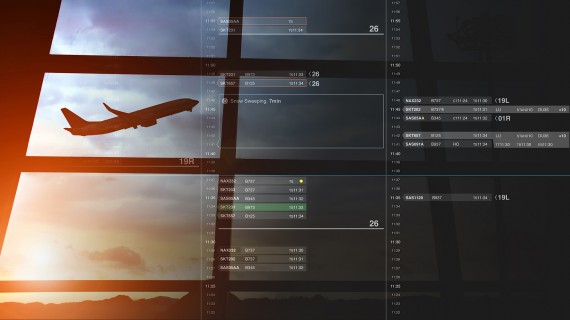
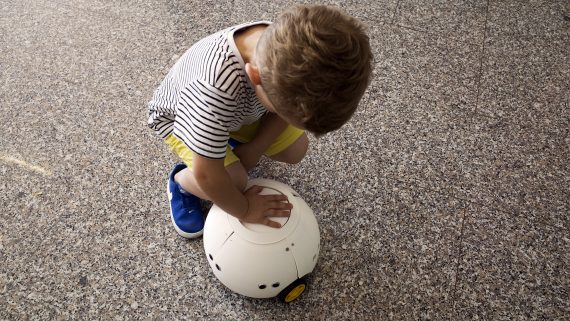
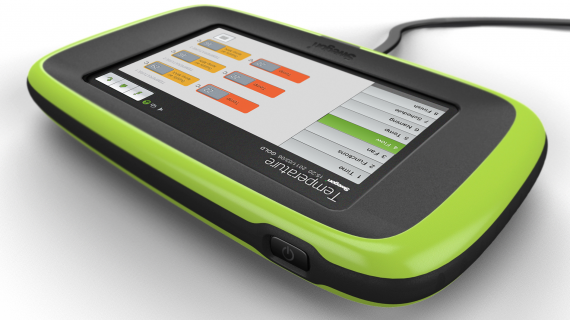
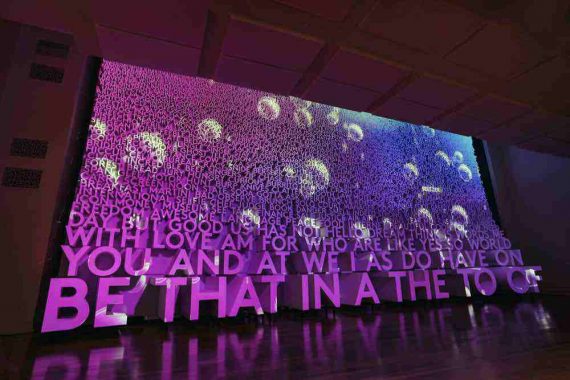
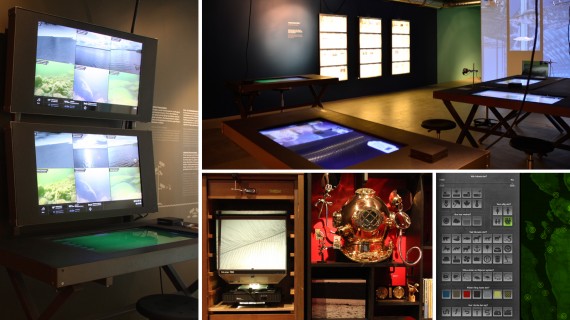
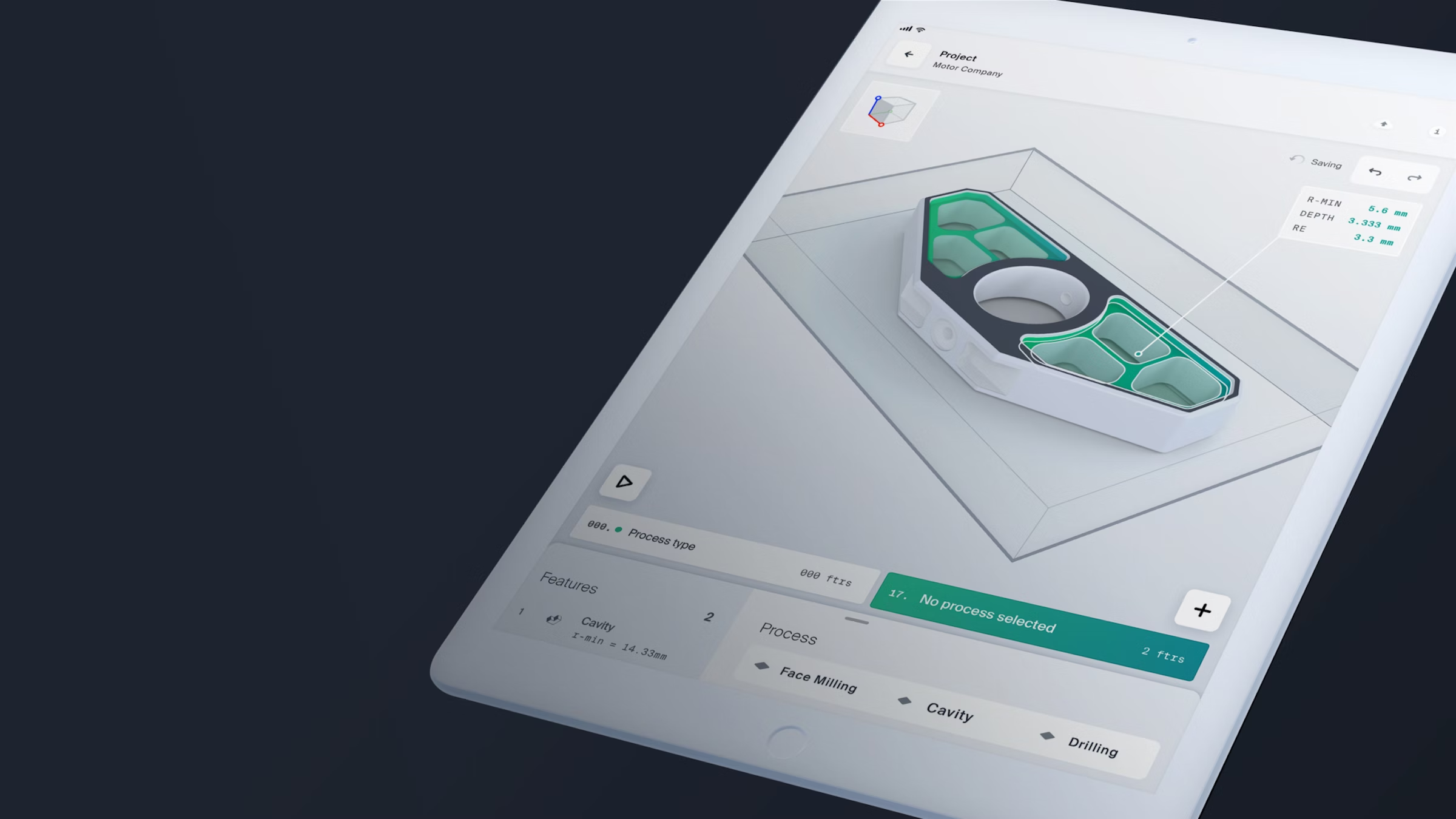
.png)



